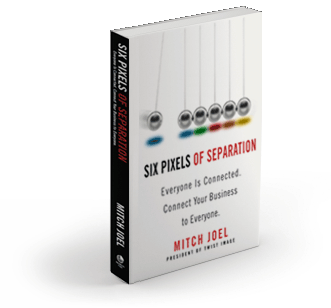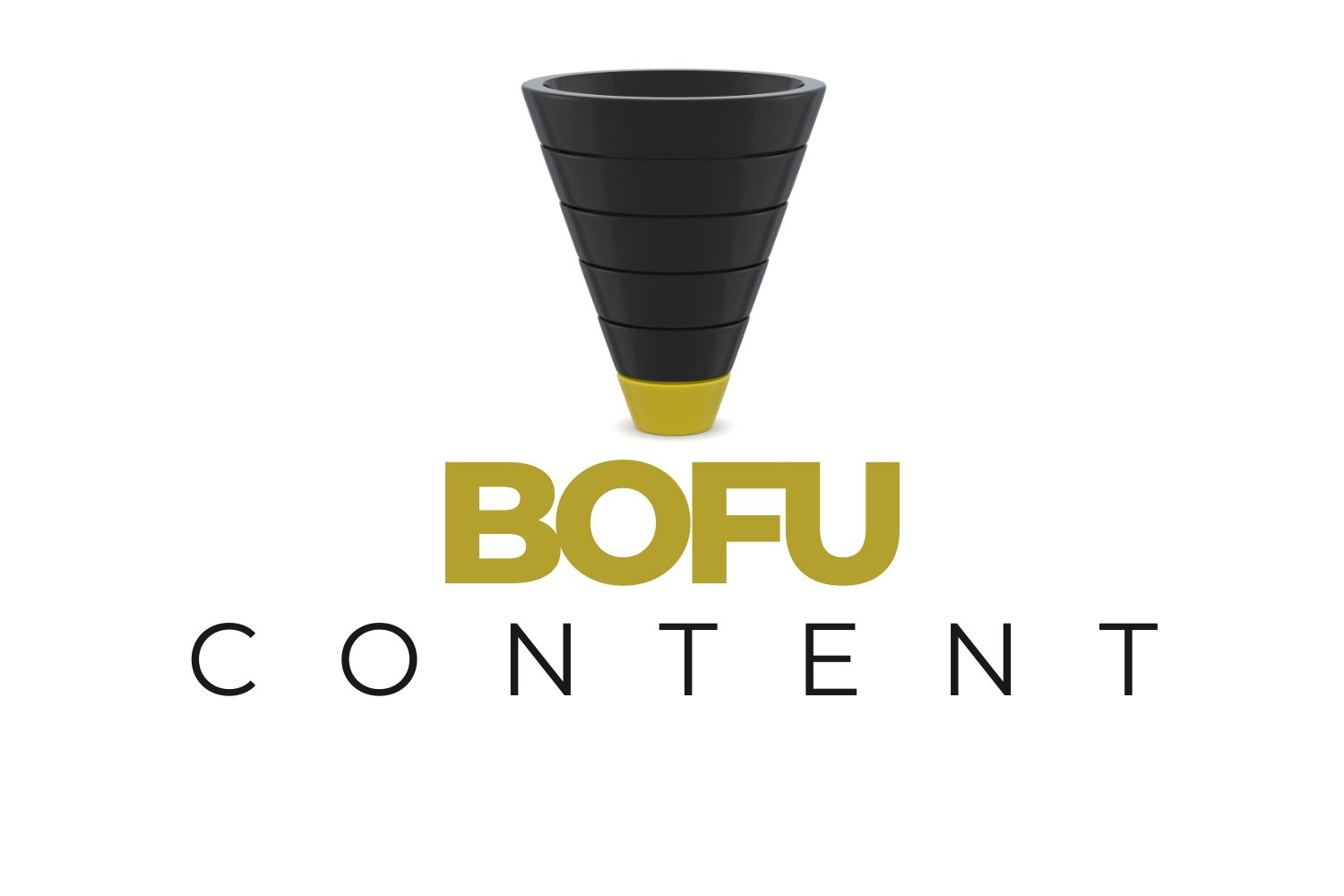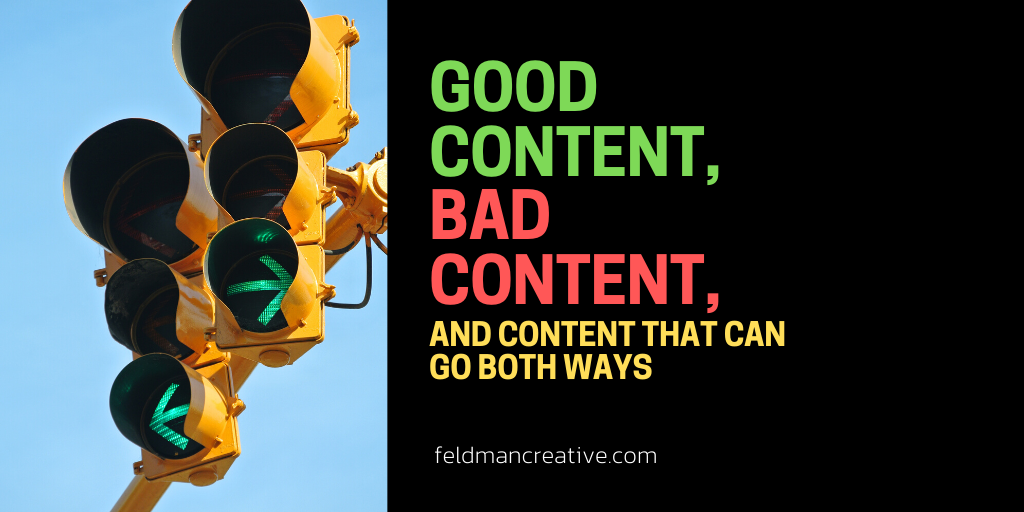Content Marketing World offered attendees a spicy and fun vocabulary lesson.
Social media and content marketing strategist at Pole Position Marketing
Do you relish a good discussion on the emerging inbound marketing industry? You’ll enjoy some of my favorite new words from this month’s Content Marketing World conference in Columbus, Ohio.
Sex with Data
 Whoa! When Mitch Joel, opening keynote speaker and author of Six Pixels of Separation, used this phrase just a little after 8 a.m. last Wednesday, I knew it was time to wake up.
Whoa! When Mitch Joel, opening keynote speaker and author of Six Pixels of Separation, used this phrase just a little after 8 a.m. last Wednesday, I knew it was time to wake up.
Joel made a compelling case for the power that exists in today’s direct relationships between brands and consumers online. With these direct relationships, first comes love and second comes… sex with data, which Joel describes as the intersection of linear data (raw analytics like clicks, sign-ups and leads) and circular data (all that social information consumers willingly share that make them individual data points). You know where this is headed, right?
He says, “When [linear and circular data] collide, you go from making out to the good stuff.” However, we as marketers, looking for a score, will almost certainly “screw up” these beautiful relationships.
One Screen
Apparently, I had already missed the boat with the concept of four screens in marketing: TV, laptop, tablet and smartphone. But Joel leaps into the future with the statement, “There will only be one screen. The only screen that matters is the one in front of me.” Mobile adoption is engulfing the world at an unbelievable rate and marketers aren’t keeping pace. Joel says we have to catch up.
ZMOT vs. FMOT
Who’s got the ZMOTs? Google, of course. Sam Sebastian, director of local & B2B markets for “the search giant,” discussed Google’s concept of Zero Moment of Truth, which essentially means that search has forever changed the way consumers and businesses make purchasing decisions.
FMOT (First Moment of Truth), a bit of marketing thought leadership pushed out by Proctor & Gamble about a century ago (actually, it was only 2005), refers to a three-to-seven second window when someone notices an item on a store shelf. In an e-book published last November, Google asserts the purchasing decision is made before people even enters the store (or while they’re in the store) because they’ve made a decision based on online search.
Social Currency
What the folks in the link-building industry have long called “link love,” Mark Bonchek, chief catalyst at ORBIT & Co. (and Harvard’s first Ph.D. in social media) calls social currency in a gift economy. A gift economy is a system of interaction and exchange where something is given without payment in return. Unlike a market economy based on financial transaction, a gift economy creates relationships and obligations. Status is earned, not bought. As he notes, it’s the pizza and beer on moving day – a gift of appreciation that the receiver will reciprocate if he moves someday.
Bonchek says that in social media, we want to create pizza and beer (or Grateful Dead tapes or the mother-in-law’s secret recipe). We want to create “social currency” with our content to promote sharing.
Hangouts
Yep, I knew about Google+ Hangouts but had not explored their full functionality. Broadcast live to the public (Look, Ma! I’m on TV!) and auto-upload and view tracking with YouTube. Do demonstrations, panel discussions, behind the scenes, virtual conferences, press release announcements, interviews and even a series. Move over, broadcast networks! Here comes Google! Thanks to Arnie Kuenn for turning on the light switch for me.
FUQs
FUQs only sound sexy. Marketing Prof’s Ann Handley calls these frequently unasked questions (FUQs). What would people ask about your business if they knew enough to ask?
Flawsome
Ann Handley gets two nods in this post for coming up with another quirky word: flawsome. She defines it as, “Be awesome because of your flaws and not despite them.”
Second Customer
This nod goes to Brian Clark and Sonia Simone with Copyblogger. They pointed out that even though much of your content should be directed at customers with whom you’d like to do business, you can’t forget the people who may share your content. They are the “second customer.”
“Don’t write content just for social shares, but it makes sense to write it with social in mind,” says Clark. “Understand who your influencers are. Sometimes, your content is more tactical and higher level. Sometimes it’s for the smaller, more passionate group.”
Chicken Whisperer
The Chicken Whisperer? Pam Muldoon mentioned this gentleman during her session on podcasting (which was very good, by the way), and I had to check it out, as the only way I like chicken is dead, cooked and on a plate. But seriously, Andy Schneider, the Chicken Whisperer, is a great example of someone who’s made podcasting work! This type of content, often overlooked by marketers, definitely reaches key audiences on the go.
If you’re watching the content marketing world expand and have noticed new words and terms emerge, share your vocabulary lesson here today.






Comments
Susan Silver
Love this post, I had a big flaw in a recent post that I missed. A typo in the very first work *ouch* My friend suggested that I write a whole post on why even the best writers still make typos. Maybe I will after all.
Nikhil
Hi Barry,
What a juicy post! I am so glad I read it. Great going. Please keep more coming on such topics. Thanks!
Does Your Marketing Copywriter Shake It Up? | Feldman Creative
[…] Content Marketing Pros Have Flawsome Sex with Chickens […]
The Art of Embracing Imperfection (Or How to Become a Better Writer) - Enchanting Marketing
[…] Ann Handley encourages us to be […]